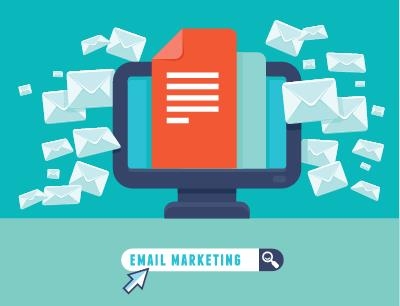Versatility Unleashed: Multi-Purpose Tools for Small Business Success
Introduction

In the dynamic world of small business operations, efficiency is the key to success. Entrepreneurs and small business owners often wear multiple hats, juggling various tasks simultaneously. To streamline these efforts, multi-purpose tools have emerged as valuable assets that enable small businesses to accomplish more with fewer resources. In this article, we will explore the significance of multi-purpose tools, their impact on small business productivity, and a selection of versatile tools that can revolutionize your operations.
The Significance of Multi-Purpose Tools
- Cost-Efficiency: Multi-purpose tools consolidate functionalities, eliminating the need for purchasing multiple single-use tools. This reduces costs and maximizes returns on investment.
- Space Optimization: Small businesses often have limited workspace. Multi-purpose tools minimize clutter by performing multiple functions within a compact design.
- Time Savings: These tools streamline tasks by combining functionalities, saving time that can be allocated to other critical business activities.
- Flexibility: Multi-purpose tools adapt to diverse
